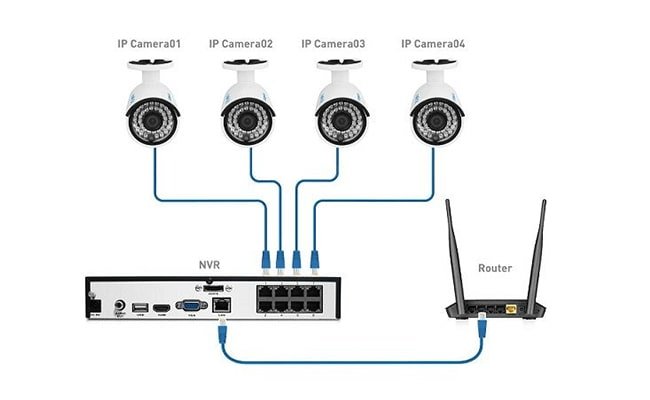What Should Be The Maximum Distance Between CCTV Camera and DVR

The maximum distance between a CCTV camera and a DVR depends on the type of cabling you use. For coaxial cables, the limit is about 300 to 500 meters before you experience signal loss. If you use Ethernet cables, Cat5e…